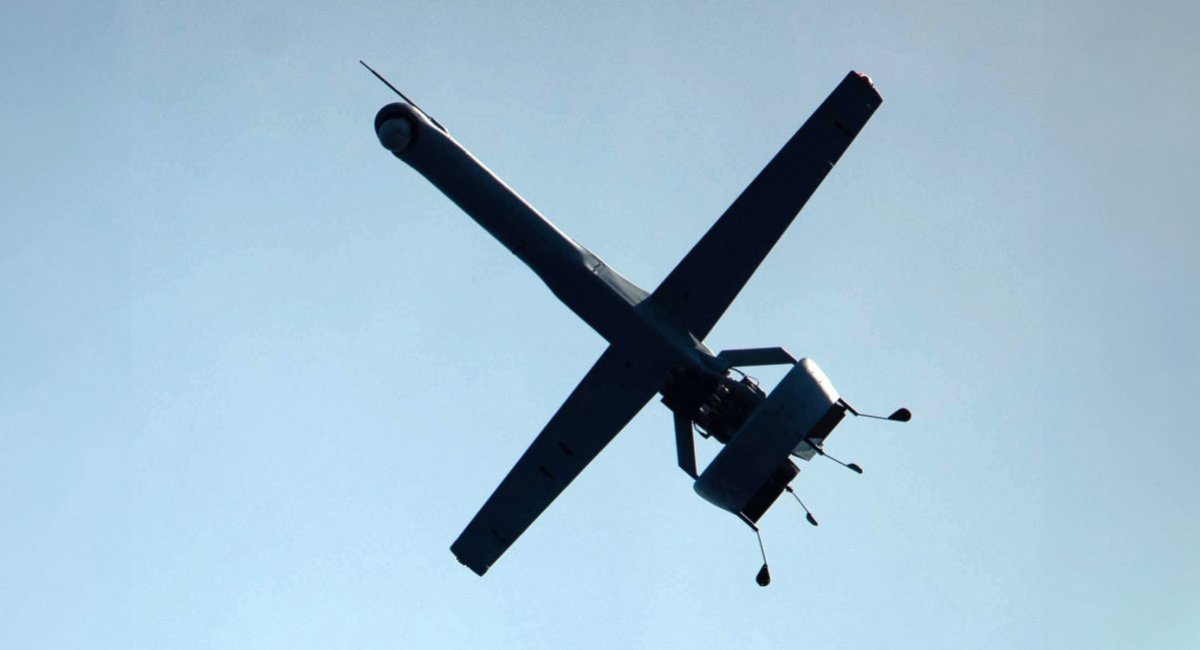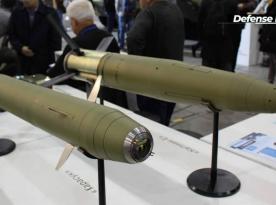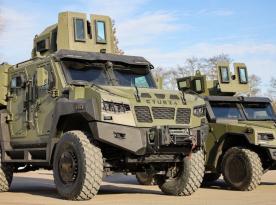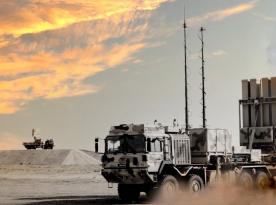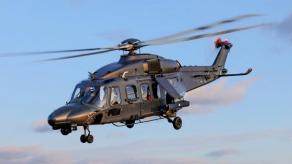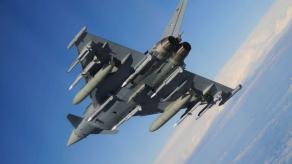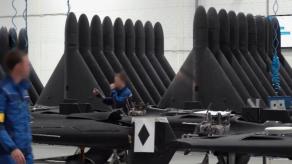During the Defense Tech Innovations Forum 2025, Shield AI, the manufacturer of the V-BAT reconnaissance UAV, declassified data on its combat use in Ukraine.
Additionally, Shield AI announced the delivery of four V-BAT drones at the request of Vadym Sukharevskyi, commander of the Unmanned Systems Forces of the Armed Forces of Ukraine. The delivery will take place immediately after pilots complete a five-week training course on their operation.
Read more: Ukrainian Trembita Cruise Missile Worth $4,000 Presented in Kyiv
Earlier reports indicated their covert use for reconnaissance and long-range strike adjustments as part of testing. However, new details have now emerged. Specifically, the V-BAT reconnaissance drone has already been successfully deployed in several combat operations, even under active air defense and electronic warfare conditions.
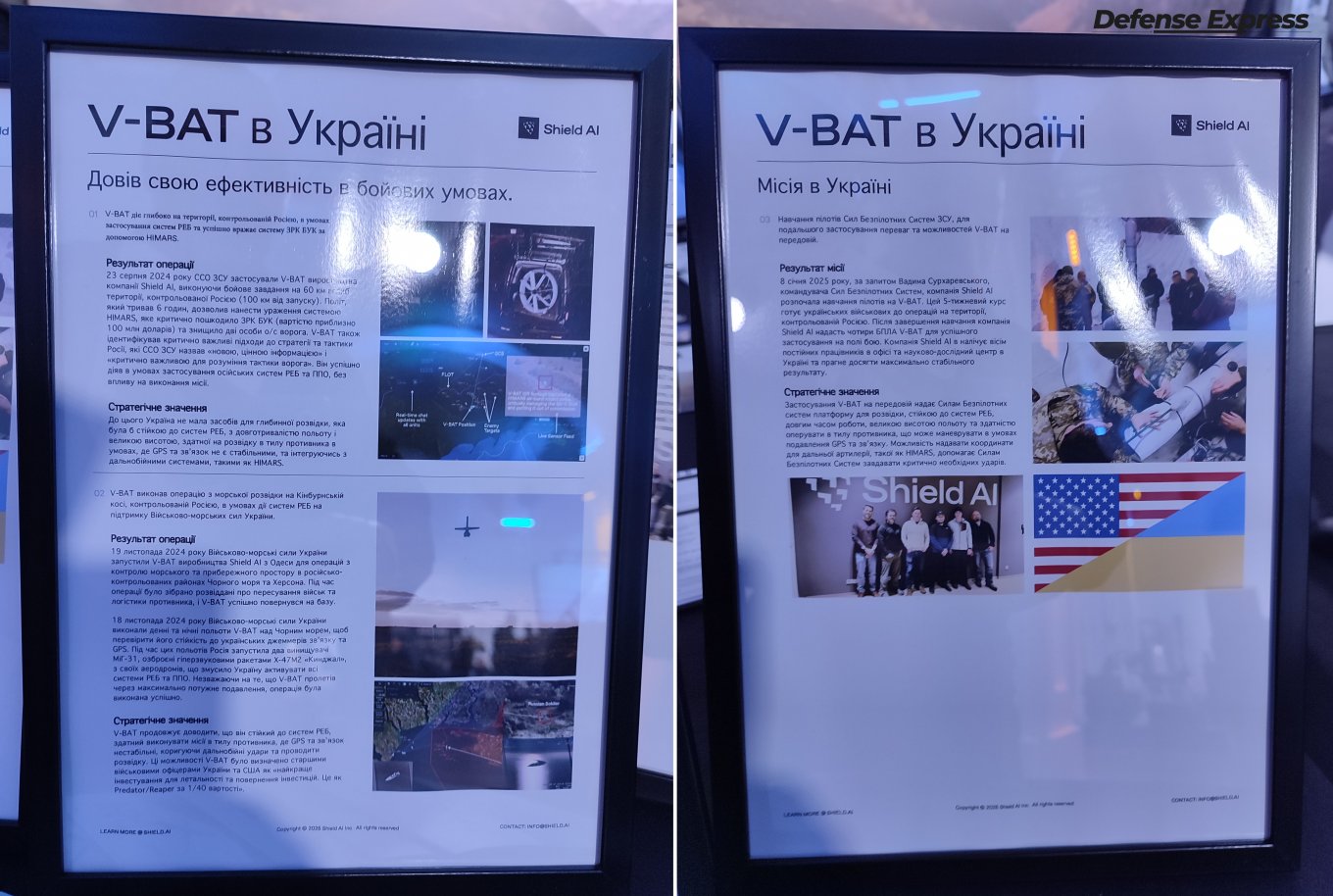
One such mission was carried out by the Special Operations Forces of the Armed Forces of Ukraine on August 24, 2024, when the V‑BAT flew 60 km deep into occupied Ukrainian territory and moved 100 km away from its take-off point. During that mission, the V‑BAT successfully detected a Buk air defense system, after which the HIMARS system delivered a strike. As a result of the strike, two enemy personnel were neutralized, and the Buk sustained critical damage. Overall, during the mission, the V‑BAT UAV remained airborne for more than six hours, and it gathered extremely important data to understand the enemy’s tactics and strategy.
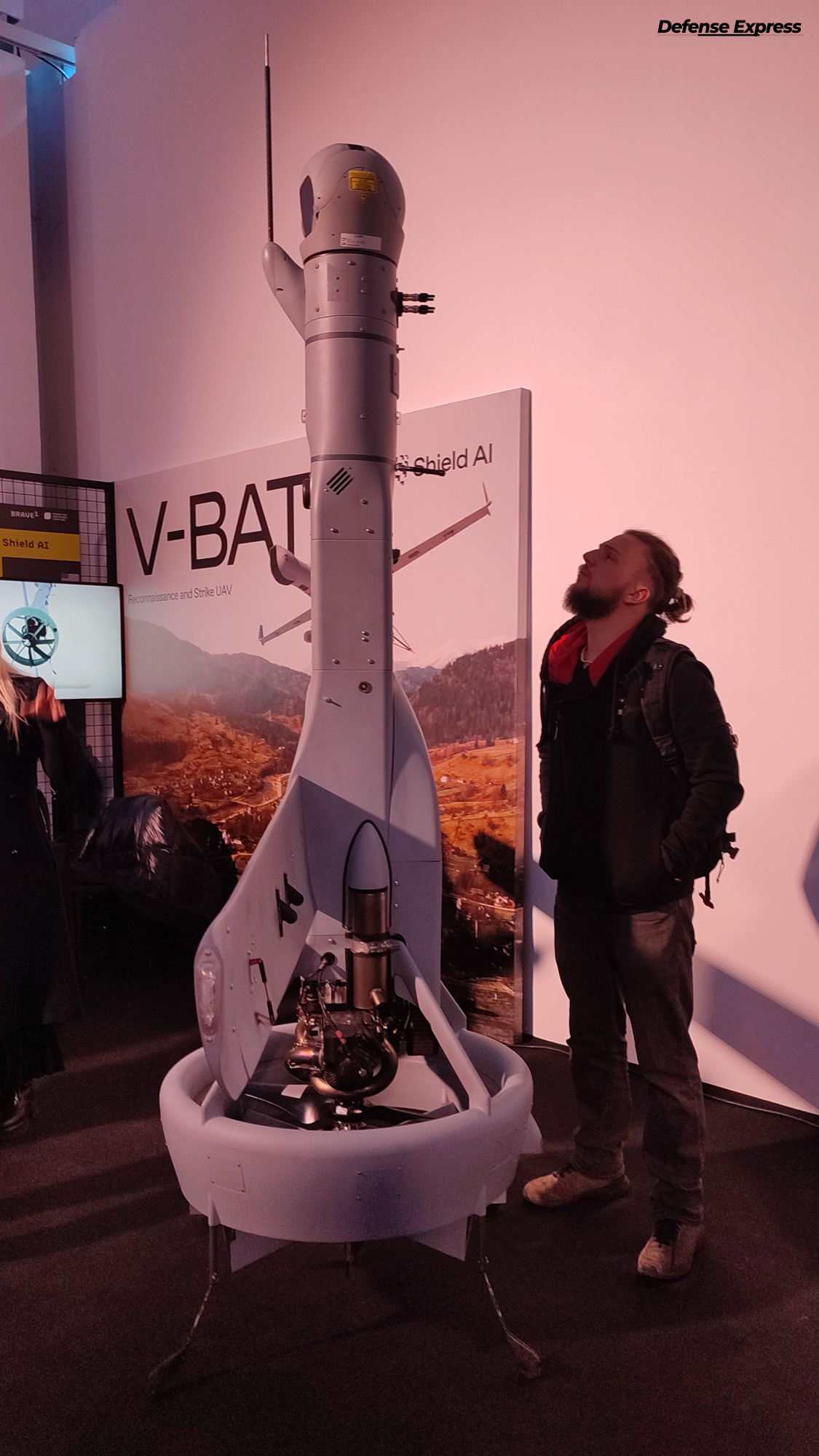
Another instance of the V‑BAT’s use occurred during a reconnaissance operation conducted by the Ukrainian Navy in the Black Sea near Kinburn Spit on November 19, 2024. On that occasion, the UAV took off from the Odesa region with the aim of monitoring the Black Sea and coastal areas in the occupied territories. During the operation, intelligence on enemy troop movements and logistics was collected, and afterward the V‑BAT successfully returned to its take-off point.
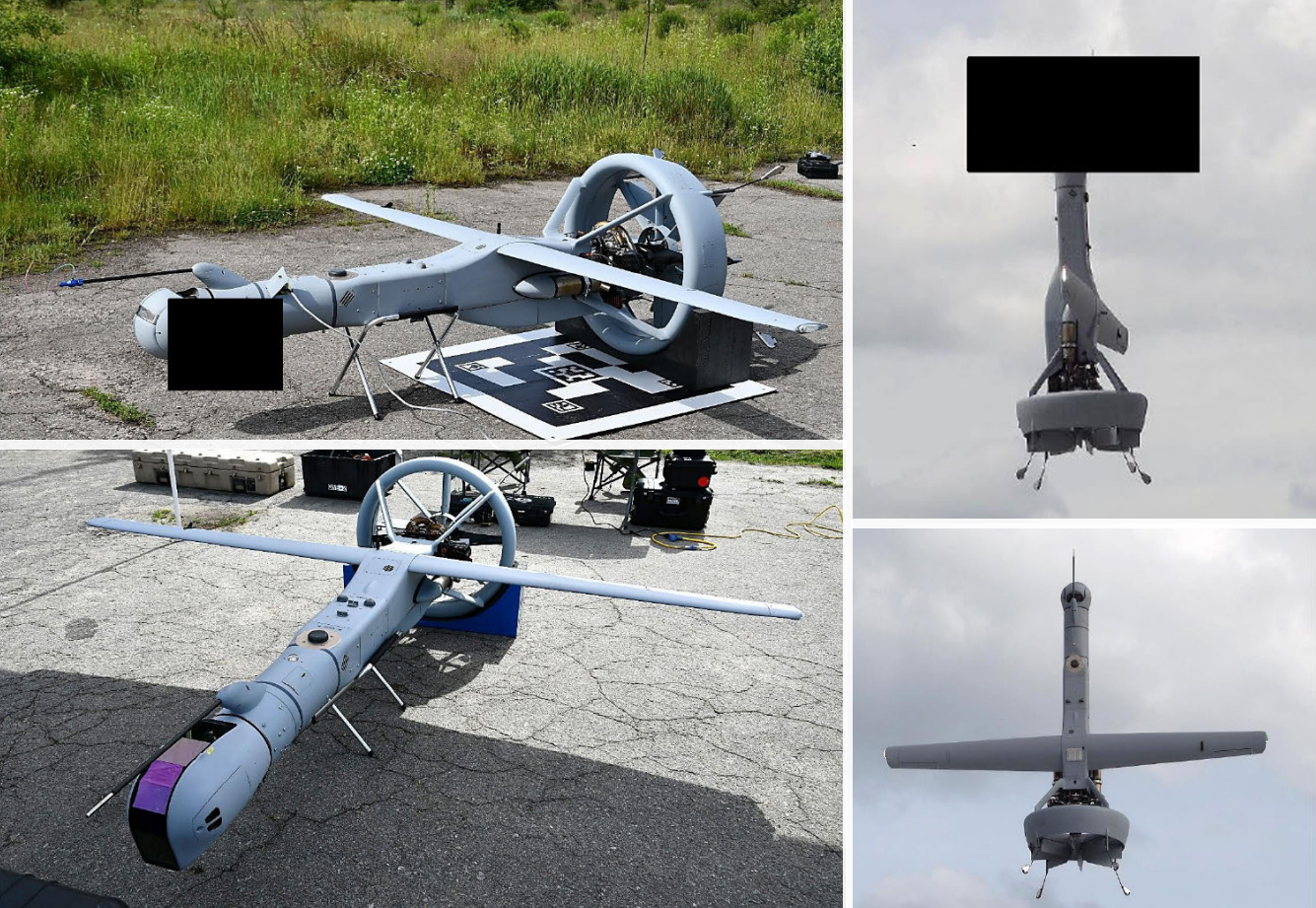
Overall, the V-BAT has demonstrated excellent resistance not only to russian electronic warfare (EW) systems but also to Ukrainian ones. This was confirmed during a mission on November 18, 2024, when the Ukrainian Navy conducted daytime and nighttime flights over the Black Sea to test the V-BAT’s resilience against Ukrainian EW systems.
During the flights, russian forces deployed two MiG-31 fighter jets armed with Kh-47M2 Kinzhal hypersonic missiles. This prompted Ukraine to activate its EW and air defense systems. Despite these countermeasures, the V-BAT successfully passed the test and demonstrated exceptional resistance to these threats.
The V-BAT is capable of remaining airborne for approximately 10 hours. Its total weight, including fuel, is 56 kg, with 11 kg allocated to its payload. While its range remains undisclosed, its maximum flight altitude is around 6 km, allowing it to evade the engagement zones of certain air defense and man-portable air defense systems (MANPADS).
As reconnaissance payloads, the V-BAT can carry EO/MWIR thermal imaging cameras, an automatic identification system (AIS) for tracking vessels, and a wide-area surveillance (WAS) system for detecting and classifying objects across large monitoring zones.
Read more: The RGW-90 Matador Grenade Launcher Now Equipped with Smart SMASH Sight Featuring Machine Vision: Is There Still Value in Such Developments?




